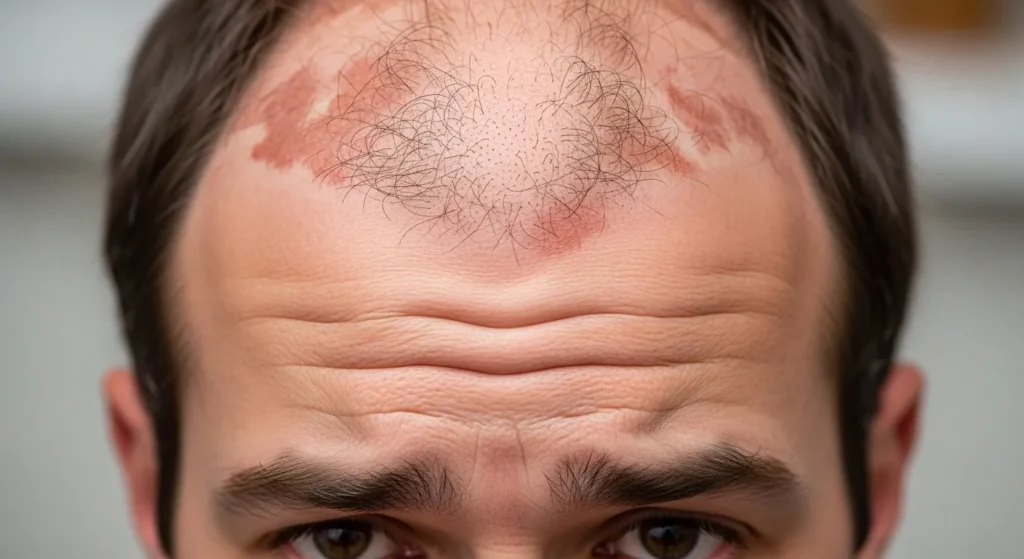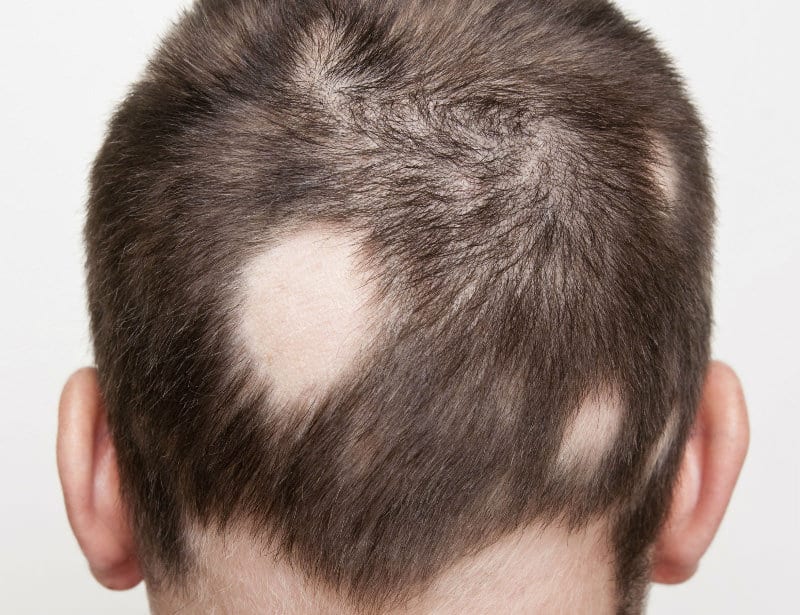Worried that your daily styling routine might be damaging your hair? You’re not alone. Many people ask, “does blow dry cause hair loss?”—especially when they notice breakage or thinning.
This article explores whether blow-drying directly causes hair loss, the difference between hair fall and hair breakage, and how you can protect your strands with expert-backed techniques. By the end, you’ll know the science, the risks, and how to blow-dry safely without compromising hair health.
Understanding Hair Structure & Hair Loss Types

To understand the impact of heat styling, it’s important to first grasp how hair grows and sheds naturally.
Hair Growth Cycle: Anagen to Exogen
Hair grows in four stages:
- Anagen (growth phase): lasts 2–7 years
- Catagen (transition phase): ~10 days
- Telogen (resting phase): lasts 3 months
- Exogen (shedding phase): when old hair falls out and new hair begins to grow
It’s normal to shed 50–100 hairs daily. Issues arise when shedding exceeds regrowth.
Common Types of Hair Loss
- Androgenetic Alopecia (male/female pattern baldness): genetic, hormonal
- Telogen Effluvium: temporary shedding triggered by stress, illness, or trauma
- Traction Alopecia: caused by repeated pulling/tension (e.g., tight hairstyles)
- Hair Breakage: mechanical damage to the shaft—not true hair loss, but often mistaken as such
Blow-Drying and Hair: What the Science Says
Blow-drying, when done improperly, can lead to hair shaft damage, not follicle death. Here’s what research says:
Microscopic Damage & Split Ends
Excessive heat can strip the cuticle (outer layer of hair), leading to:
- Dry, brittle strands
- Split ends
- Frizz and dullness
Over time, this damage accumulates and may resemble thinning or increased shedding.
Blow Dry vs. Air Dry
A 2011 study from Yonsei University in South Korea found that air-drying can sometimes cause more internal damage due to prolonged moisture exposure. The study concluded that low-heat blow-drying from a safe distance caused less surface and internal damage than air-drying.
Can Blow Dry Cause Hair Loss?
Let’s get to the heart of the question.
Direct Follicle Damage? Unlikely
Blow-drying typically affects the hair shaft, not the follicle embedded in the scalp. True hair loss, like androgenetic alopecia, results from internal changes, not external tools.
Indirect Damage via Breakage
However, excessive or improper blow-drying can lead to hair breakage, which many mistake for hair loss. Hair becomes weaker, breaks mid-shaft, and may look thinner overall.
Key Point: Blow-drying doesn’t cause permanent hair loss, but it can exacerbate breakage and worsen the appearance of thinning if overused or misused.
Risk Factors That Increase Damage
High Heat Settings & Close Contact
Using the highest setting or holding the dryer too close to your scalp can overheat and dry out hair quickly, weakening it.
Over-Drying Sessions Over Time
Daily blow-drying, especially without protection, gradually deteriorates hair quality, increasing breakage and split ends.
Pre-Existing Scalp or Hair Conditions
People with conditions like telogen effluvium or pattern baldness may experience more noticeable damage when blow-drying aggressively, as their hair is already fragile.
Expert-Backed Best Practices for Safe Blow-Drying
Here’s how to minimize damage while keeping your styling routine:
- Apply a heat protectant spray before blow-drying
- Use low or medium heat and avoid the highest setting
- Keep the dryer at least 6 inches (~15 cm) away from your hair
- Keep the dryer moving—don’t concentrate heat in one spot
- Towel-dry gently with a microfiber towel before blow-drying
- Finish with a cool shot to seal the cuticles
- Limit frequency—2–3 times per week is ideal
Complementary Measures to Prevent Hair Loss
Safe blow-drying is just one part of the picture. To promote overall hair health:
- Use a wide-tooth comb on wet hair to reduce breakage
- Massage your scalp regularly to improve blood flow
- Eat a hair-friendly diet rich in biotin, iron, and omega-3s
- Avoid tight hairstyles that strain the roots
- Stay hydrated—a dry scalp leads to weak follicles
Case Study: Reversing Heat Damage
A 29-year-old female patient reported significant hair breakage from daily styling. After switching to weekly blow-drying, using heat protectant, and adding hair supplements, she noticed improvement in density and shine within 3 months.
Recovery Timeline for Heat Damage
| Week | Action | Result |
|---|---|---|
| 0–2 | Reduced blow-drying | Less frizz, less breakage |
| 3–6 | Started supplements & oil massage | Hair feels stronger |
| 6–12 | Regular trims & protective care | Noticeable regrowth and thickness |

Frequently Asked Questions (FAQs)
Does blow drying cause permanent hair loss?
No. It may lead to hair breakage, not true follicular loss. Damage is usually reversible with care.
Can blow-drying worsen thinning hair?
Yes, especially if the hair is already fragile due to conditions like androgenetic alopecia or telogen effluvium.
Is air-drying better than blow-drying?
Not always. Prolonged wetness can also damage hair. Blow-drying on low heat from a safe distance is often safer.
How often can I blow-dry safely?
Limit to 2–3 times per week. Always use a heat protectant and avoid the hottest settings.
Should I consult a dermatologist if I notice shedding?
Yes, especially if you experience excessive hair fall or visible thinning. Early intervention is key.
conclusion
- Does blow-drying cause hair loss? Not directly, but improper blow-drying can cause hair breakage, leading to the appearance of thinner hair.
- True hair loss stems from genetics, stress, or hormonal shifts, not styling tools alone.
- Practicing safe blow-drying techniques, using heat protection, and nourishing your scalp can help maintain hair strength and volume.
Concerned about hair thinning or noticing increased breakage? Book a consultation with Dr. Rana Irfan in Islamabad today. With years of experience in hair restoration and scalp health, Dr. Irfan can help you diagnose the cause and guide you toward stronger, healthier hair.
